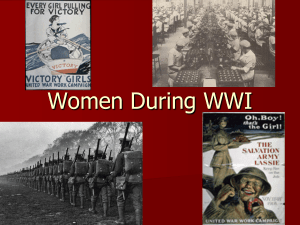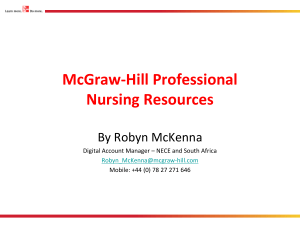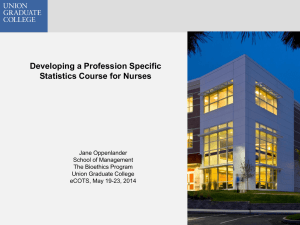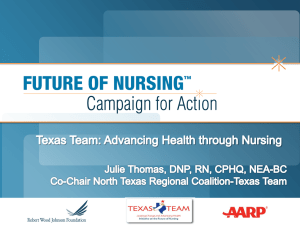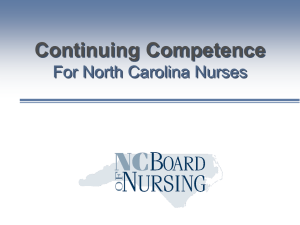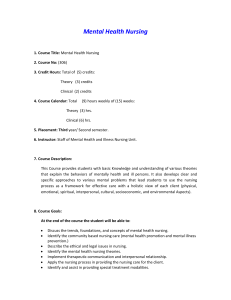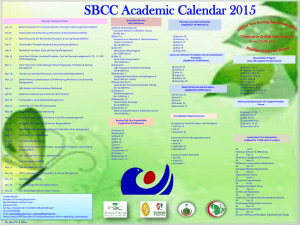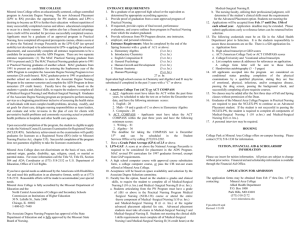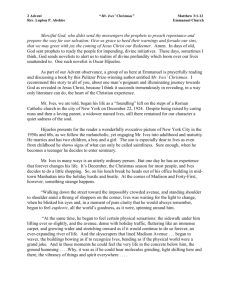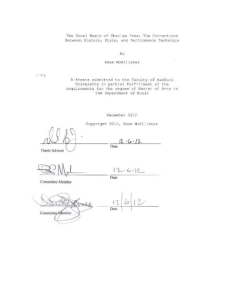Nursing Practicum Research Study - WINN-NTF
advertisement
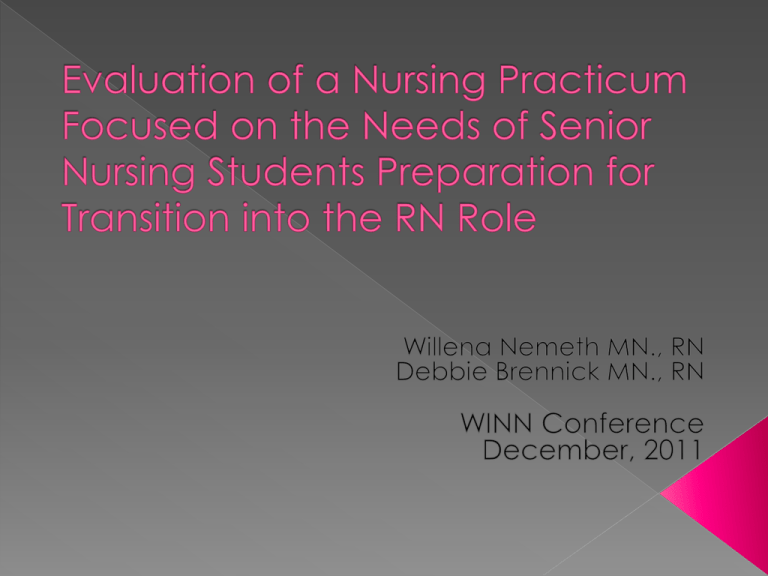
Validates what we have thought for the past 2 decades: Nsg students expectations of the graduate yr versus the reality of practice are two different entities (Heslop, McIntyre & Ives, 2001) The majority of graduate nurses felt unready & lacking in practice (Heslop, McIntyre & Ives, 2001 & Morrow, 2009) The theory-practice divide is a concern for graduating nurses (Heslop, McIntyre & Ives, 2001) First few months are the most challenging Many experience Fear of failure Fear of total responsibility Fear of making mistakes Organizational support can create a positive or traumatic transition (Morrow, 2009). Boychuk Duchscher describes “Transition Shock” as the early stage of role adjustment of a graduate nurse Transition Shock Model describes the impact of: › › › › › Relationships Roles Responsibilities Knowledge Performance (Boychuk Duchscher, 2009) “I’m so glad this was implemented…I learned so much from my preceptor” “This...experience was much more conducive to learning than the Mon/Tues approach” The insight received from the past 9 wks is invaluable … I will not be as overwhelmed with my new job” “I gained so much and feel more prepared to graduate and begin working” To enhance nursing student’s selfefficacy and their ability to meet the CNA Entry-level Registered Nurse Competencies. Past Practice Current Practice Courses conclude in April Course conclude in Feb › Two 6 week rotations › One 6 week rotation (12 hrs/wk) with a nursing educator Consolidated practice – (12 hrs/wk) with a nursing educator › 60 hrs and › 348 hrs › 40 hrs CRNE preparation › 48 hrs and › 96 hrs Preceptor/preceptee model Consolidated practice – Preceptor/preceptee model Individualized based on the learning needs of the nursing student as he/she transitions to the role of the registered nurse (RN) Competency Evaluation Plan incorporating: › Reflective practice (FRAME TM Method) CRNNS, 2008 › Self-directed learning › Critical thinking › Evaluation Impact analysis › Did the intervention improve the transition from nursing student to the role of the RN? Outcome analysis – was the goal attained. › Did the enhanced practicum help bridge the gap between theory and practice? What are strongest aspects of the program? What are the weakest aspects of the program? Student Perspective: “The week long RN prep was the reason I passed the CRNE” Made a big difference in meeting the people you are working with… I took full of advantage of wearing the white uniform (nsg student) I asked every question and asked to go in on every procedure…” Enhanced “Communication with peers, nurses, physicians, families and patients…” “I watched how nurses approached families and I took a bit from each one” What are the barriers to the successful implementation of the new practicum? What adaptations/considerations should be made to enhance the new practicum? Boychuk –Duchsher, J. (2009). Transition shock: The initial stage of role adaptation for newly graduated registered nurses. Journal of Advanced Nursing 65(5),1103-1113. doi:10.1111/j.13652648.2008.04898.x College of Registered Nurses of Nova Scotia (2008). FRAME TM Halifax, NS: Author. Heslop, L., McIntyre, M. & Ives, G. (2001). Undergraduate student nurses’ expectations and their self-reported preparedness for the graduate year role. Journal of Advanced Nursing, 36(5), 626-634. Morrow, S. (2009). New graduate transition: Leaving the nest, joining the flight. Journal of Nursing Management 17, 278-287.



